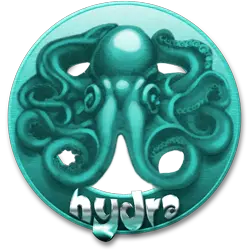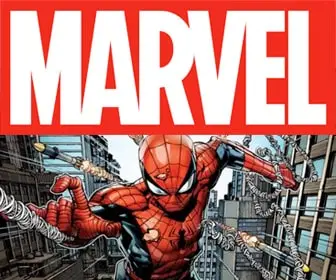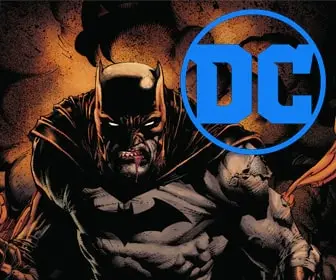
The Ultimate X-Men Collection: Strategies for Perfection
For dedicated comic enthusiasts, building a thorough collection is not just a hobby; it’s a passion. The X-Men, Marvel’s band of mutants led by Professor Charles Xavier, have been a cornerstone of the comic world since their introduction in 1963. With intricate plots, a vast array of characters, and powerful allegories about diversity and acceptance, the X-Men series offers an enriching collecting experience. If you’re aiming for the ultimate X-Men collection, here are some strategies to help you achieve perfection.
1. Begin with the Classics: The original “X-Men” series, which began in 1963, is an excellent starting point. “X-Men” #1, created by Stan Lee and Jack Kirby, introduced readers to the original team: Cyclops, Marvel Girl (Jean Grey), Beast, Angel, and Iceman, all led by Professor X. By securing the earliest issues, you anchor your collection in the series’ rich history.
2. Chase Key Issues and Landmarks: Certain X-Men issues are renowned for introducing significant characters or events:
- “X-Men” #94: A soft reboot of the series, introducing the new X-Men team with Storm, Colossus, and Wolverine.
- “Giant-Size X-Men” #1: The debut of the aforementioned new team.
- “X-Men” #129: First appearances of Kitty Pryde and the White Queen. Ensure these cornerstone issues are in your collection, as they’re pivotal to the X-Men narrative.
3. Explore Spin-offs and Crossovers: The X-Men universe isn’t restricted to a single series. Titles like “X-Force,” “X-Factor,” “New Mutants,” and “Excalibur” delve into various mutant teams and story arcs. Crossovers, like the “Age of Apocalypse” and “House of M,” also play integral roles in the X-Men lore.
4. Maintain Quality: While the content is crucial, the condition of your comics is equally paramount. Seek out well-preserved copies, and once purchased, store them in protective sleeves and acid-free boards. Climate-controlled settings can prevent deterioration from moisture or temperature changes.
5. Stay Updated: The X-Men universe is continually evolving with new characters, plotlines, and alternate realities. To truly have an “ultimate” collection, keep abreast of the latest releases and story arcs.
6. Engage with the Community: Join comic book forums, attend conventions, and connect with fellow enthusiasts. The comic community can provide invaluable insights, trade opportunities, and updates that can help you refine your collection.
Collectors
Building an X-Men comic collection can be an overwhelming task given the sheer number of issues and story arcs. However, some key issues stand out, either because of their historical significance, the introduction of major characters, or groundbreaking storylines. Here are five must-have X-Men issues that every collector should consider:
- “X-Men” #1 (1963) – This is the issue that started it all, introducing readers to the original X-Men team: Cyclops, Marvel Girl (Jean Grey), Beast, Angel, and Iceman, under the guidance of Professor Charles Xavier. Created by Stan Lee and Jack Kirby, it’s a foundational piece of X-Men history.
- “Giant-Size X-Men” #1 (1975) – This landmark issue by Len Wein and Dave Cockrum introduced a new, international X-Men team, bringing in iconic characters such as Wolverine, Storm, Colossus, and Nightcrawler. This revamped team would go on to become one of the most recognizable line-ups in X-Men history.
- “X-Men” #129 (1980) – Penned by Chris Claremont and illustrated by John Byrne, this issue is the beginning of the famous “Dark Phoenix Saga.” It also debuts two crucial characters: Kitty Pryde, who would later adopt aliases like Shadowcat, and Emma Frost, the White Queen.
- “Uncanny X-Men” #141-142 (1981) – Known as the “Days of Future Past” storyline, these two issues, written by Chris Claremont and illustrated by John Byrne, are among the most influential in X-Men history. They present a dystopian future where mutants are incarcerated in internment camps, setting the stage for many future X-Men stories that deal with themes of prejudice and fear.
- “X-Men” #266 (1990) – Written by Chris Claremont with artwork by Mike Collins, this issue features the first full appearance of Gambit, the charming Cajun mutant with the ability to kinetically charge objects. Gambit quickly became a fan-favorite and has remained a significant figure in the X-Men universe.
Denouement: Building the ultimate X-Men collection is a journey, filled with the joy of discovery and the satisfaction of preservation. By focusing on both historical significance and personal resonance, you can curate a collection that not only embodies the essence of the X-Men but also reflects your unique passion as a collector. Mutants might be the next step in human evolution in the Marvel universe, but the enduring appeal of their stories ensures they’ll always have a place in our hearts—and on our shelves.













